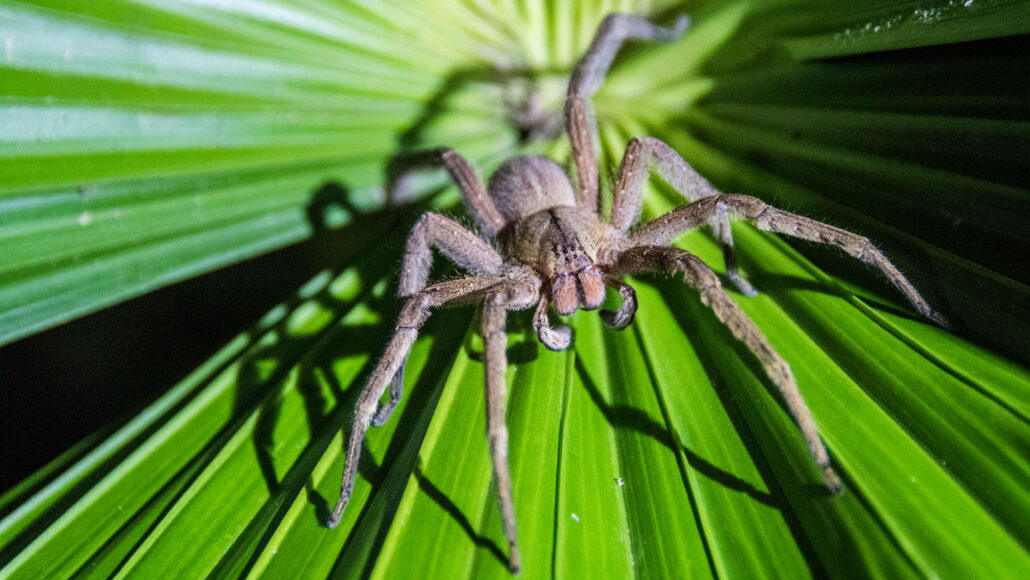Questions for ‘A spider’s feet hold a hairy, sticky secret’

Meet the tiger wandering spider, a favorite among scientists who study arachnids. In a new study, researchers studied this kind of spider to better understand how tiny hairs at the end of their legs help these creatures stick anywhere.
Sergio Amiti/Getty Images